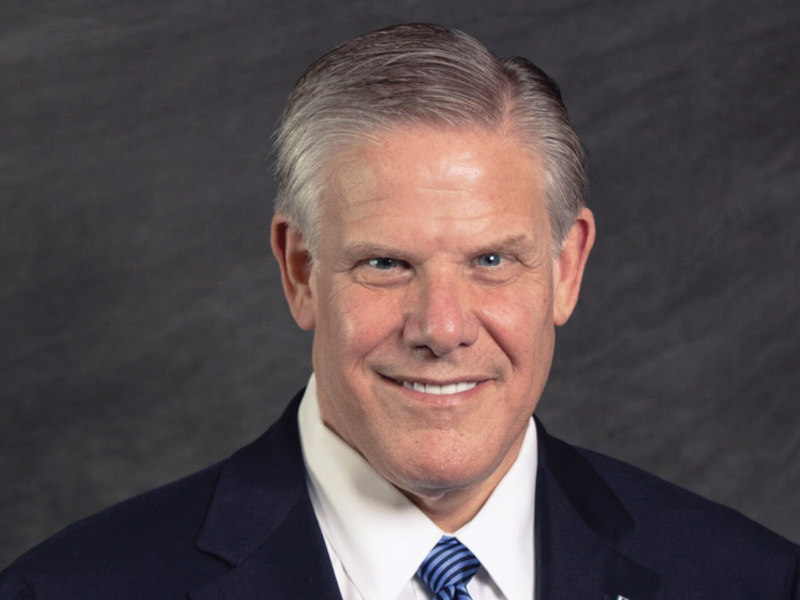Rick Pollack 
Rick Pollack is president and CEO of the American Hospital Association.
“I can do things you cannot; you can do things I cannot. Together we can do great things.” —Mother Teresa
Innovative partnerships were redefining healthcare the same year Modern Healthcare’s magazine came on the scene in 1976, and these collaborations remain at the core to how hospitals and health systems care for patients and communities. These partnerships happen at the local, regional and national level, and will continue to transform the future of healthcare.
Since 2012, Winona Health in rural Minnesota has partnered with Winona State University to train students to be health coaches for people struggling with chronic health or mental health conditions.
In Ohio and Michigan, ProMedica partners with 25 local agencies to better meet rural needs—from increasing access to healthy food and behavioral health programs, to chronic disease prevention and substance abuse support services.
In Connecticut, Yale New Haven Hospital works with local and national partners to build housing, create jobs, provide educational opportunities and end homelessness.
COVID-19 spurred many organizations to rethink existing partnerships. North Carolina’s Atrium Health worked with 55 sites connected to previous collaborations in hard-hit COVID-19 areas to test Black and Hispanic residents. This work built on data from existing programs, such as colorectal cancer screenings for Hispanic and Latino men, and training to recognize unconscious bias—reducing gaps in medication administration for Black patients.
However, these impactful, local alliances only tell one part of the story.
Repeatedly, healthcare leaders come together to solve some of the biggest challenges facing patients and caregivers. Three examples are seen with Civica Rx, personal protective equipment and Truveta.
Fifteen healthcare systems partnered to buy a minority stake in Prestige Ameritech, the largest domestic maker of PPE, investing in domestic production to ensure a more reliable supply chain.
AHA is also working to foster these wide-reaching innovations on behalf of the field. We have long collaborated with the American Medical Association and the American Nurses Association, but over the last 17 months these groups have forged an important and lasting partnership in combating COVID-19 that will go beyond this pandemic.
Joining together to accelerate advancements in addressing health equity, AHA partners nationally with the National Urban League and UnidosUS to match their affiliate executives to AHA member CEOs and governance leaders with the goal of placing these leaders on AHA member governing boards.
AHA also joins more than 150 other organizations through the Coalition to Transform Advanced Care. The coalition seeks to remove barriers that prevent the integration of advance illness management into the care continuum, to support individuals with life-limiting illnesses and their families.
These efforts aim to improve lives through better health. And that mission is far from new.
Twenty-one years ago, business leaders formed the Coalition to Protect America’s Health Care to stop harmful federal policy and funding cuts. This group is now a community of more than 2 million people who advocate on behalf of hospitals and health systems to elected officials in Washington, D.C., and ensure hospitals have resources so patients can access the care they need.
Innovations, partnerships and collaborations share one simple fact: Hospitals and health systems are here to help, one patient at a time. That help is made more effective through the more comprehensive solutions that often result from large- and small-scale collaborations.
Working together, we are doing great things.
Source link : https://www.modernhealthcare.com/opinion-editorial/together-healthcare-organizations-and-their-communities-can-do-great-things











